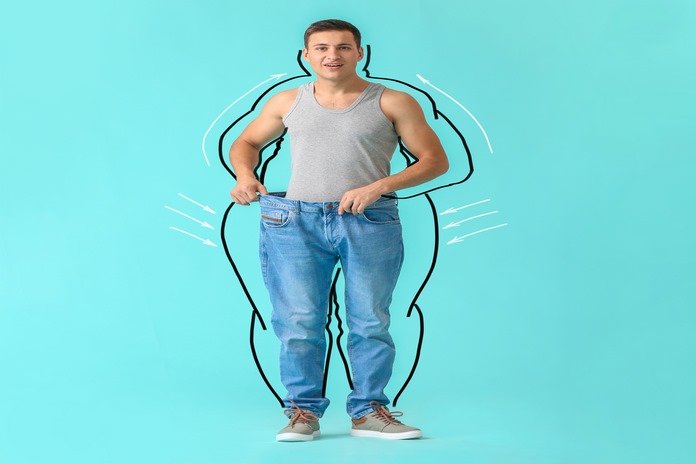CBT Techniques For Weight Loss

Using CBT To Lose Weight
The above discussion shows weight loss is a very complex matter that usually involves problems with self-respect, self-esteem, confidence, and body image. For this reason, CBT can be beneficial throughout the weight loss process. The weight loss program shown below incorporates CBT into its content. Listed below are the six parts of the program.
Part 1: Lifestyle modifications
Losing weight starts here and it is of utmost importance. Diets that reduce calories and provide nutrients and vitamins should be introduced to encourage healthy eating. It must also be emphasized that more exercise should be done. Instead of simply increasing formal exercise (such as in a gym), the purpose is to increase a person’s overall activity level (using stairs instead of lifts, walking more). Once the initial enthusiasm has worn off, a patient who has a steady increase in activity is more likely to continue doing so in the long run.
Part 2: Issues With Diet
As soon as these conditions are met, it is important to address the problems that might cause someone to abandon their diet. An individual may experience frequent snacking, motivation, binge eating, excessive alcohol consumption and eating in response to their mood (comfort eating). Some of these problems can be addressed using CBT. For example, CBT has been demonstrated to be effective at reducing anxiety and mood problems, so it can be used for stopping comfort eating.
Part 3: The Body Image
As mentioned previously, most people with weight loss goals have very negative views of their bodies. As part of this segment, we’ll apply the basics of CBT to try to help people change their views on their bodies and their importance to them. Our society places a great deal of emphasis on body image, but a person’s body image should not define them. The objective of CBT is to correct a person’s obsession with how they look and help them realize there is more to who they are than their appearance.
Part 4: Weight Loss Objectives
Why does someone want to lose weight? What is the amount of weight they want to lose? As previously mentioned, many people ignore weight loss they achieved and any health benefits they have enjoyed. Consequently, they become discouraged about weight loss. The benefits of CBT can help a person realize how far they have already come and why they should be proud of their accomplishments. This part helps a person to begin separating their primary goals and weight goals.
Part 5: Main Objectives
This is often the real reason why someone wants to lose weight and isn’t necessarily related to persons’ weight. This is where CBT plays a vital role. The goal of CBT is to change a person’s ‘false beliefs’ in order to change their feelings, thoughts, and ultimately actions. Here is an example of a patient who is currently lacking self-confidence and is trying to lose weight.
The person holds an opinion that physical appearance is the most crucial aspect of their lives and they consider their physical appearance negative making them view themselves as a person negatively. It is possible that they become extremely self-conscious in social settings, which can lead to feelings of anxiety, making them withdrawn and quiet, resulting in a lack of self-confidence.
Part 6: Therapy Results
Therapy can help people realize that they are more than their appearance and the situation can change if they begin to understand this. The individual becomes less self-conscious of their appearance, thus their self-confidence increases because they are no longer anxious. Assisting a person in achieving their primary goals is a very essential step to help a person achieve an appropriate amount of weight loss and maintain this weight.

